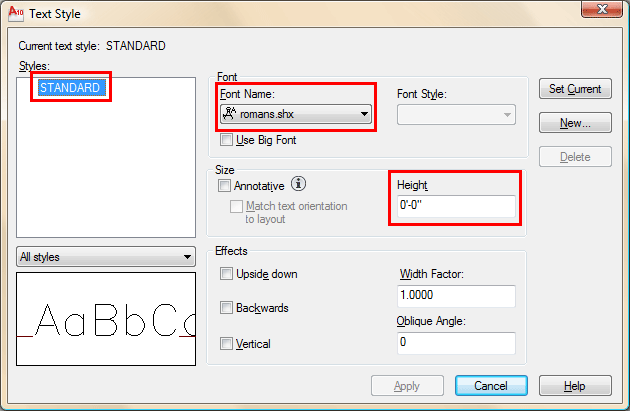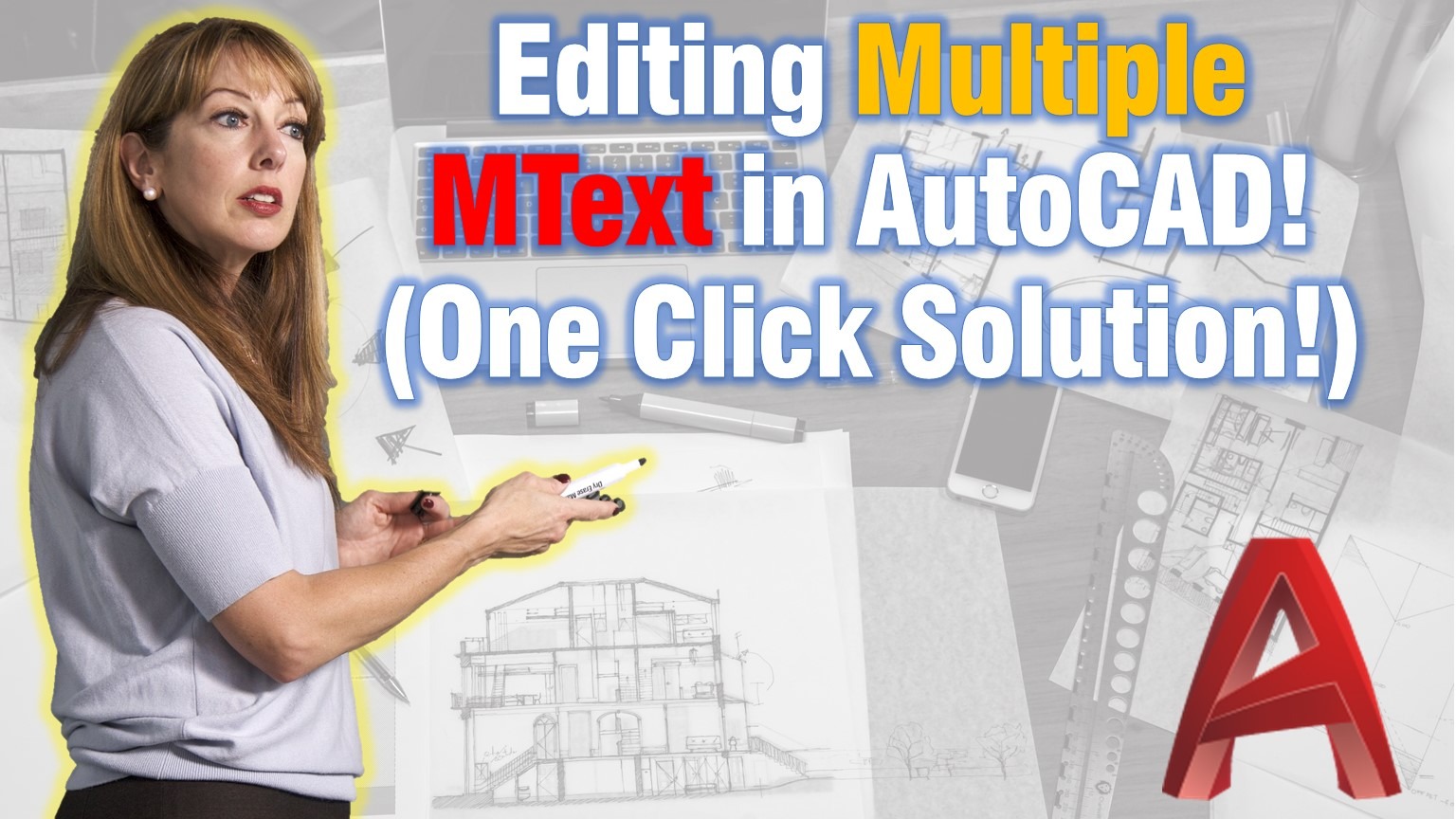

The offset provided must be prefixed with Y=, for example Y=.1 indicates an offset of 0.1. The shift of the text in the Y axis of the linetype, which is at a 90-degree angle to the line. This value is not scaled by the scale factor defined by S=value, but it is scaled to the linetype. Use this field to control the distance between the text and the previous pen-up or pen-down stroke. If an offset is omitted or is 0, the text is elaborated with no offset. The offset provided must be prefixed with X=, for example X=.1 indicates an offset of 0.1. The shift of the text on the X axis of the linetype, which is along the line.

Custom linetypes can be updated by changing the R (rotation) flag to the U (upright) flag prior to reloading a linetype definition. Note: Drawings containing legacy linetypes that do not use the U (upright) rotation flag can be updated to the latest linetype definition by reloading the linetype from the LIN files. The following illustration is of a linetype defined with an upright rotation.

d for degrees (degrees is the default value).A= specifies absolute rotation of the text with respect to the origin that is, all text has the same rotation regardless of its position relative to the line.R= specifies relative or tangential rotation with respect to the line.U= specifies upright or easy-to-read text.The rotation angle must be prefixed with U=, R=, or A=. The rotation angle of the characters to be displayed in the linetype. If the height of the text style is 0, the value for S=value alone is used as the height. The height of the text style is multiplied by the scale factor. The scale factor provided must be prefixed with S=, for example S=.5 indicates a scale factor of 0.5. The scale factor to be used for the text style relative to the scale of the linetype. Any text styles associated with a linetype must exist in the drawing before you load the linetype. Note: Embedded text characters are associated with a text style in the drawing. The linetype would be displayed as shown below. This pattern continues for the length of the line, ending with a dash 0.5 drawing units long. The text characters come from the text font assigned to the STANDARD text style at a scale of 0.1, an upright rotation of 0 degrees, an X offset of -0.1, and a Y offset of -0.05. This indicates a repeating pattern starting with a dash 0.5 drawing units long, a space 0.2 drawing units long, the characters HW with some scale and placement parameters, and another space 0.2 drawing units long. Linetype pattern descriptors that include embedded characters is similar to that for simple linetypes.įor example, a linetype called HOT_WATER_SUPPLY is defined as *HOT_WATER_SUPPLY,- HW - HW - HW - HW - HW -Ī.5,-.2,-.2 Characters embedded in lines are always displayed completely they are never trimmed. As with simple linetypes, lines are dynamically drawn as you specify the vertices. Linetypes with embedded characters can denote utilities, boundaries, contours, and so on.


 0 kommentar(er)
0 kommentar(er)
